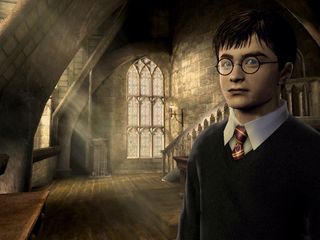Games lack minority characters, study finds
US research shows Latino characters 'nearly invisible'

When was the last time you got to play an Inuit or a Malaysian in a video game?
A comprehensive survey of game characters has found that the video game industry does no better than television in representing society, in America at least.
For example, it found that fewer than 3 per cent of video game characters were recognisably Hispanic, and all of them were non-playable, background characters.
Stupid white men
Women, children and the elderly also were underrepresented. For example, only 10 per cent of playable characters surveyed were female, though women now make up 40 per cent of video game players.
African-Americans appeared in proportion to their numbers in the US, but mainly in sports games and in titles that reinforce stereotypes, such as 50 Cent Bulletproof. Unsurprisingly, men, whites and adults were overrepresented.
The study, conducted by the University of Southern California, encompassed the top 150 games in American over a year, across nine platforms and all rating levels, and weighted by each title's popularity. The researchers admit that many games feature non-human characters, and many are first-person games where the player never sees himself or herself. The study only included visible characters that were clearly human.
Get daily insight, inspiration and deals in your inbox
Get the hottest deals available in your inbox plus news, reviews, opinion, analysis and more from the TechRadar team.
"In television, it was always a landmark moment when some minority or disenfranchised group appeared on the screen for the first time," said psychology professor Dmitri Williams. "That kind of visibility is really the first step toward leading to public consciousness and equal treatment. These cultural markers matter."
He also had a word of advice for game developers: "These are highly under-served groups. It's a missed sales opportunity."
